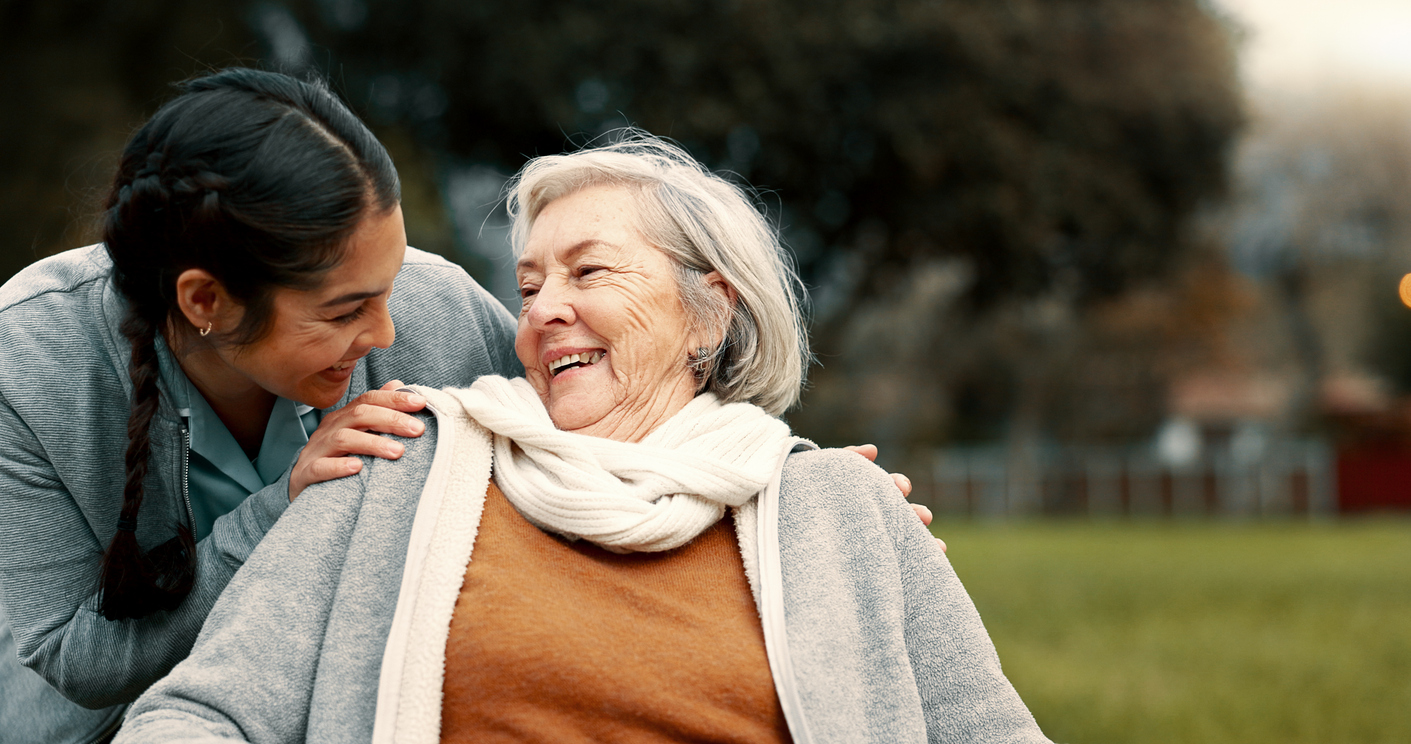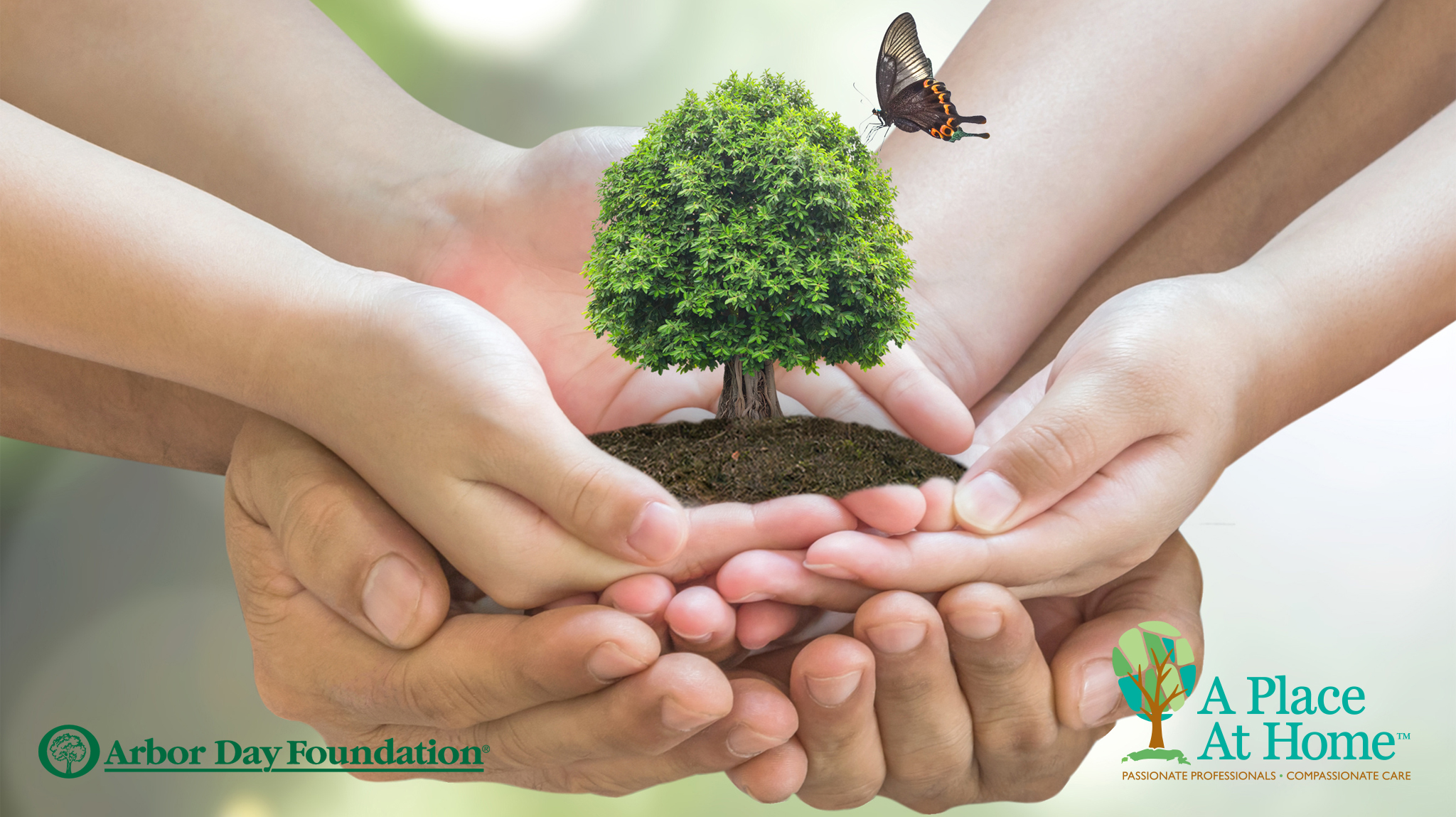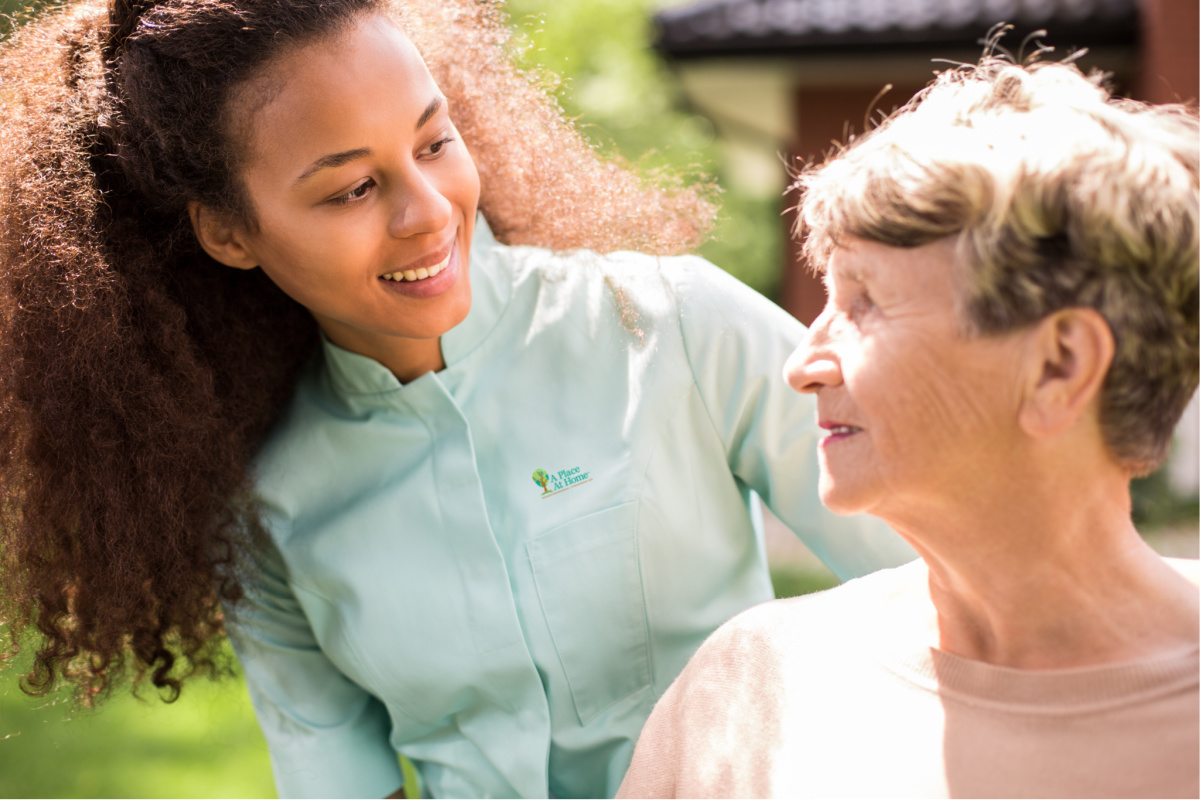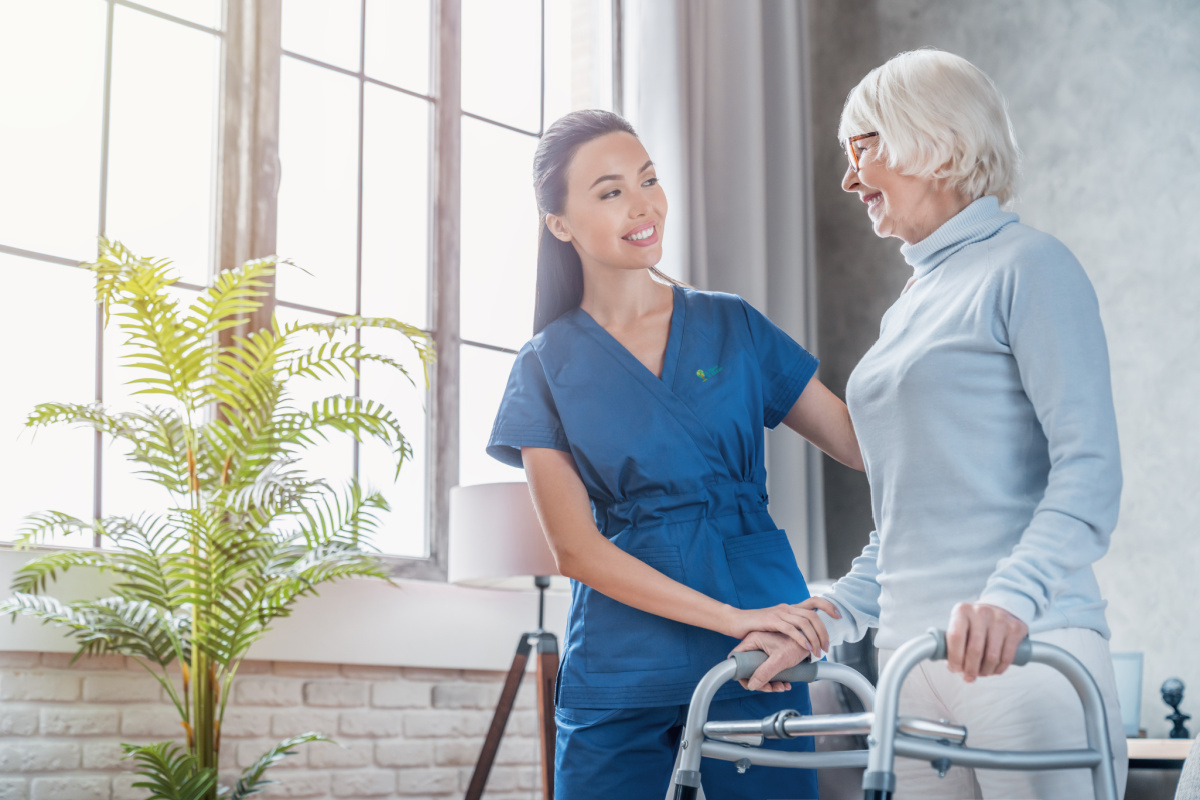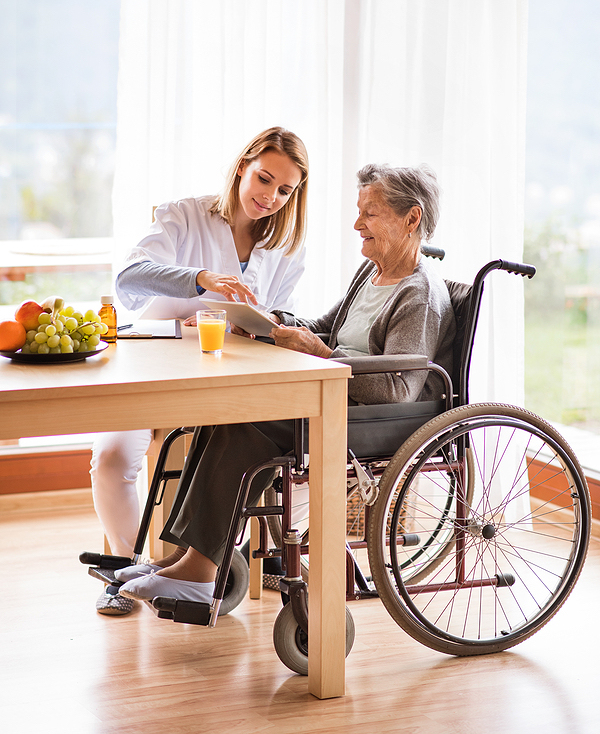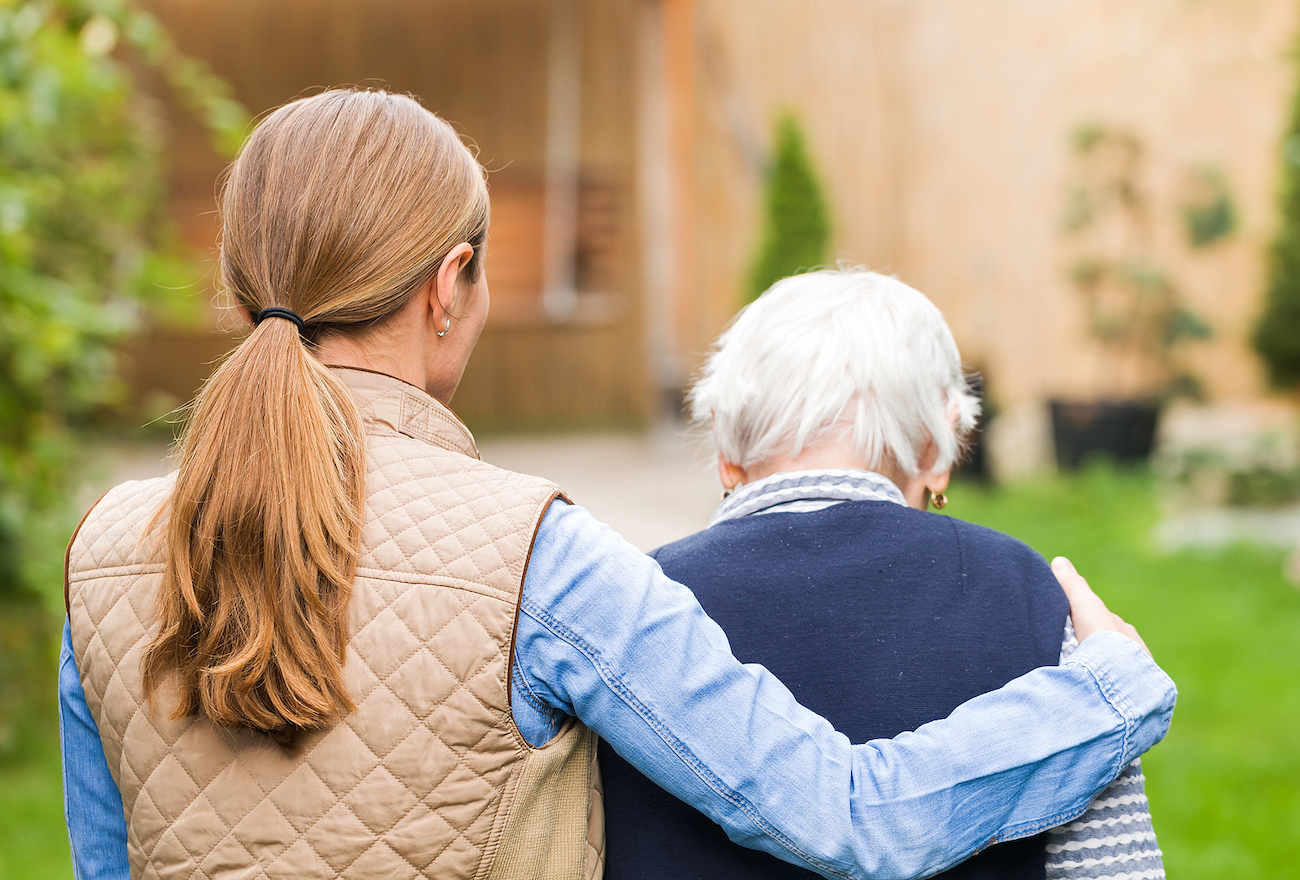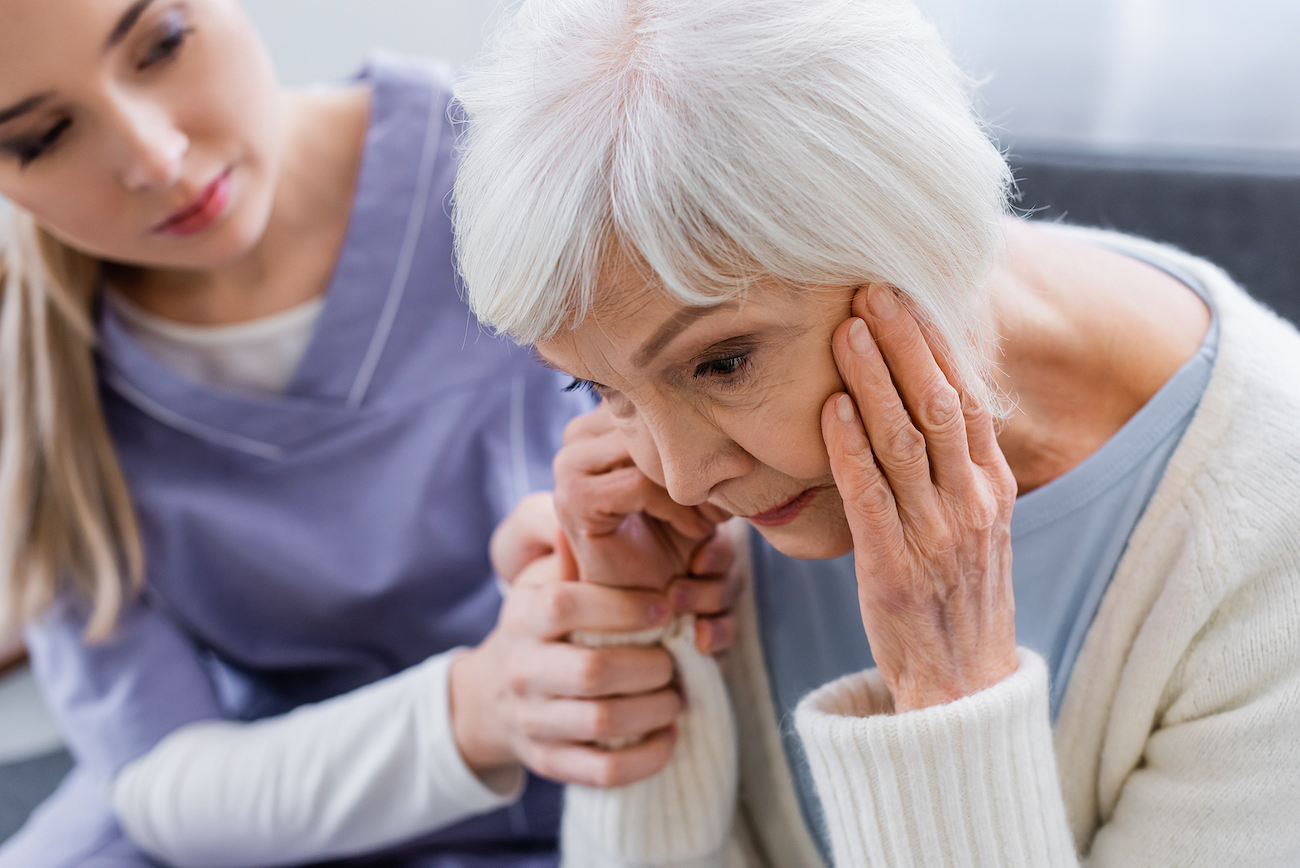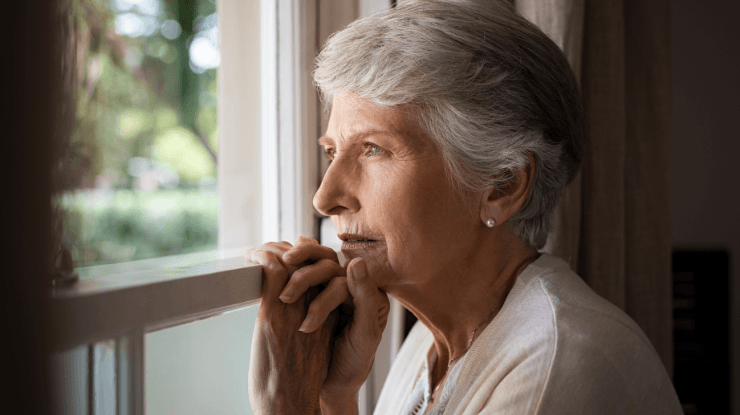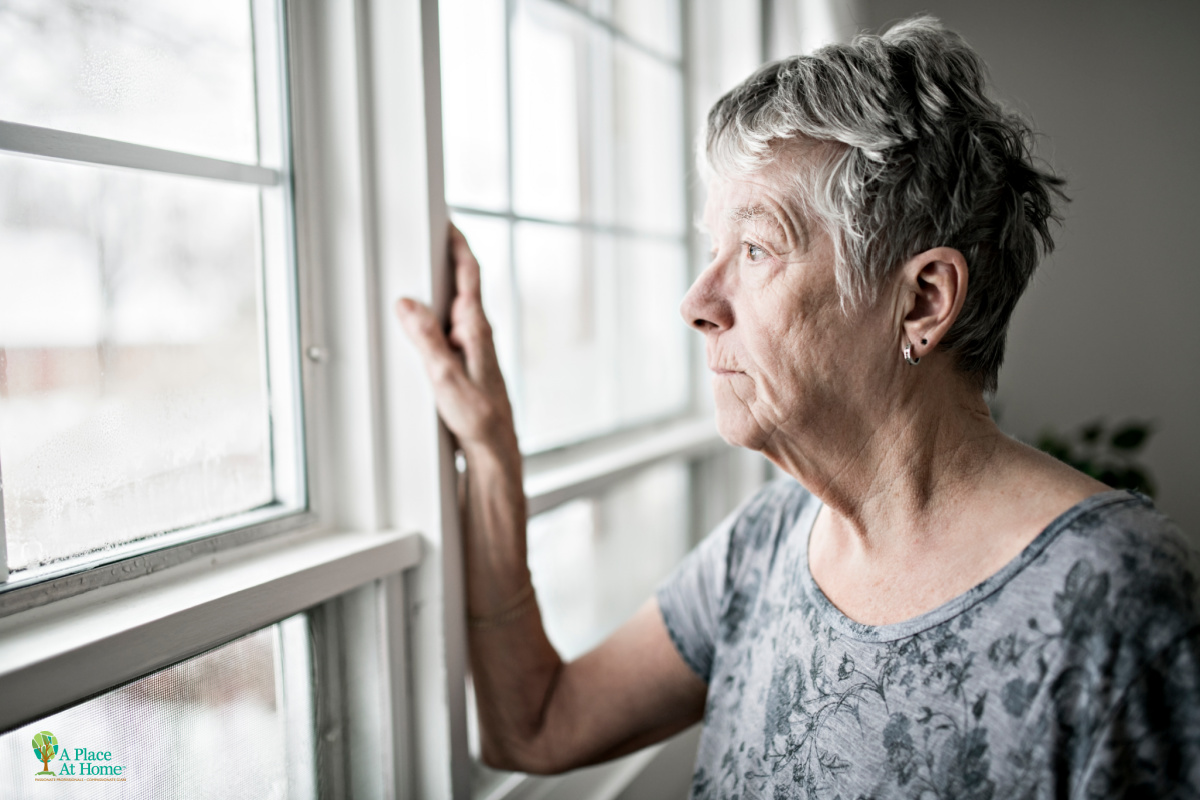Senior Care Plan: A Comprehensive Guide on How to Start
Ensuring your loved ones have compassionate and comprehensive care as they age requires an effective senior care plan. Start your care planning journey with our step-by-step guide.
Benefits of a Senior Care Plan
At least 75% of adults age 50-plus want to remain in their homes as they grow older, according to a new study conducted by AARP. Yet, many seniors will need extra services as they age. And many will need to relocate to an assisted living facility or a smaller home that better suits their needs. Although two-thirds of adults would consider downsizing, 73% want to continue to live in their current community.
Having a senior care plan facilitates the well-being of aging individuals and helps give families peace of mind. It gives seniors a voice and enables them to be treated with dignity and respect, improving their quality of life and accommodating their wishes.
A good senior care plan:
- Provides direction: A senior’s care plan outlines their specific circumstances, enabling caregivers, family members, and healthcare providers to work as a team.
- Plans for the future: A comprehensive care plan for the elderly outlines both current and future needs. It enables families to prepare for transitions, such as moving to an assisted living facility or securing in-home care. Having a plan helps alleviate caregiver stress when change occurs.
- Outlines comprehensive care: Caregivers need to focus on the physical, mental, and social needs of their loved ones. A detailed plan covers all the bases, creating a holistic approach to care.
- Streamlines financial planning: Caring for a senior can be costly. It’s crucial to have the resources you need to provide care. A care plan will allow you to create a budget and start exploring funding resources, such as long-term care insurance or Medicaid.
- Improves safety: A care plan takes steps to identify potential risks, such as fall hazards, and it helps maximize independence.
- Offers connections: A care plan can connect seniors and their families to valuable resources, such as home care services, adult day programs, or senior centers, to enrich their lives and foster a better lifestyle.
5 Steps for Developing a Senior Care Plan
Your senior care plan needs to cover daily needs, provide emergency preparation, and outline a communication strategy so nothing falls through the cracks. To create a comprehensive plan, follow these steps:
1. Assess the Senior’s Needs
Start by doing a full assessment. You’ll need to evaluate your senior’s physical, mental, and cognitive health. It’s important to evaluate their social circumstances as well. You’ll need to determine their ability to perform activities of daily living, such as their ability to feed themselves and take care of their personal hygiene. The evaluation also needs to determine their ability to manage their finances, handle meal preparation, and take care of housekeeping.
2. Outline Goals
Take time to set goals to address the senior’s immediate and long-term care needs. Some of the goals might be aging in place, improving health, or providing relief for family caregivers.
3. Identify Support Services
After your senior is thoroughly assessed, you’ll be able to start determining the types of support that would be beneficial. These services can be customized to meet their individual needs. Your senior may need medication management or help with meal preparation and grocery shopping. They may benefit from companion services to prevent loneliness and isolation.
4. Evaluate Finances
It’s important to develop a plan that meets the needs of your senior without causing undue stress on their finances. The median cost of an assisted living facility is $5,511 per month, which may be out of reach for many families. As part of your care plan, you’ll need to conduct a comprehensive financial evaluation to determine how you allocate resources effectively. Creating a budget is an important component of this step.
5. Build a Care Team
The strain of caregiving can be detrimental to a person’s physical health. The isolation that comes with caregiving makes spousal caregivers prone to depression. The stress from caring for a loved one puts caregivers at a higher risk of heart disease, including high blood pressure, high cholesterol, and diabetes. Elderly spousal caregivers have a 63% higher mortality rate than non-caregivers.
To prevent caregiver burnout, make caregiving a team effort. A care plan should identify a care team responsible for providing support. The team needs to include medical professionals, family members, and others, such as home care providers, financial advisors, and pharmacists.
How A Place At Home Helps
A Place At Home provides in-home senior care and support. No matter the situation, we can connect you with the resources you need to care for your loved ones. We provide everything from 24/7 care to non-medical in-home care services. There is no one-size-fits-all strategy. We can create a care coordination plan that fits your budget.
Our care coordination services guide families through the complex healthcare system, offering vital support for seniors and their loved ones. We partner with families to create comprehensive, professional care plans tailored to the unique needs of elderly individuals. Our collaborative strategy ensures seniors receive holistic care. And with a trusted advocate prioritizing their safety and well-being, families can feel confident their loved ones are in good hands.
Let’s Build a Better Plan Together
If you need help navigating care for your loved one, A Place At Home is here to help. We have 34 locations supporting seniors nationwide. For stress-free assurance, contact your local A Place At Home office today.

